Yet, by the late 20th century her name and place in American history began to emerge. Today she is considered the first female American botanist, or as Asa Gray himself said in 1843, the “first botanist of her sex in her country”.
Jane may never have become a botanist without the urging of her father, Cadwallader Colden, himself a physician and practicing botanist. Originally from Scotland, Cadwallader married Alice Chryste in 1715. They moved to the USA and had a farm in Newburgh-on-Hudson, New York when Jane was born in 1724. Cadwallader had by then built a successful political career and was the surveyor general of New York.
Newburgh-on-Hudson was a remote area in the 1700’s. The American outdoors was still wild and life for the early colonist out of doors was not entirely safe. Jane and her siblings (10 in all) were given a basic education at home by her mother, while her father provided Jane with knowledge in science, particularly, botany. She was taught the Linnaeus system by her father who translated it from Latin to English in order to make it easier for her to understand.
Jane embarked on her own study of the flora around the Newburgh-on-Hudson area. She took impressions of leaves on paper with printer’s ink to distinguish the various species. Jane eventually compiled a collection of some 300-odd impressions with written descriptions of the surrounding native flora. The descriptions showed that Jane was interested in the plants common names and possible medicinal benefits. It is noted by the writer James Britton that she “went among the country folk and noted their names and rustic remedies. Thus of Pedicularis tuberosa (No.41) she says;
“The Pedicularis is called by the country people Betony: they make Thee of the Leaves, and use it for the Fever and Ague.”
Obviously, she is a woman following in her father’s footsteps.
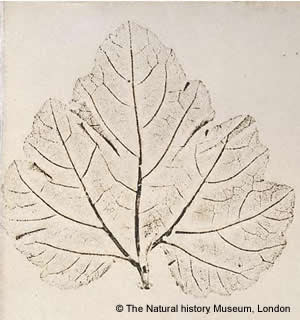
Jane benefitted from her father’s contacts and is known to have corresponded with many leading botanists of the time. Their impressions of the young woman seem to have been quite positive. Collinson wrote to Linnaeus in 1756 saying she “is perhaps the first lady that has so perfectly studied your system. She ought to be celebrated.” Another correspondent, John Bartram replies to Jane “I read it several times with agreeable satisfaction; indeed, I am very careful of it, and it keeps company with the choicest correspondence.” Jane was in contact with Alexander Garden regarding the plant Hypericum virginicum, a plant she first discovered and named Gardenia in his honour. It is somewhat ironic that Jane Colden never had a plant named in her honour.
Jane’s botanical research seems to have ended with her marriage to William Farquar. She died sometime after giving birth to a baby that also died. The date of her death is in dispute, and is either March 10, 1760 or 1766
Her collection, however, still had a life of its own. It appears it remained in her father’s possession until his death in 1776. Then during the American Revolution the collection somehow ended up in the hands of a German officer, F. von Wangenheim. Sometime later it became the property of Godfrey Baldinger and then most remarkably became the possession of Joseph Banks, the British botanist of great renown. Banks bequeathed the collection to the British Natural History Museum on his death and that is where it is today.
According to the British Museum the bound manuscript is titled Flora Nov-Eboracensis:: Plantas in solo natali collegit, descripsit, delineavit, Coldenia C. Coldens filia &c. Only one of Jane’s nature prints has survived. The rest is comprised of 340 line drawings that have a light wash.
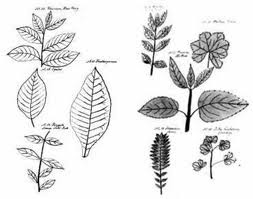
Jane Colden lived to receive some accolades from her peers, male peers, which I feel is worthy of note especially in consideration of her time. She is the only woman botanist whose work was included in Linnaeus’s botanical Species Plantarum.
In 1963, the Garden Club of Orange and Dutchess Counties published fifty-seven of Jane’s descriptions of species native to North America in commemoration of the fiftieth anniversary of the founding of the Garden Club of America. More recently, The Jane Colden Native Plant Sanctuary was named in her honor at the Knox’s Headquarters State Historic Site in Vails Gate, New York.
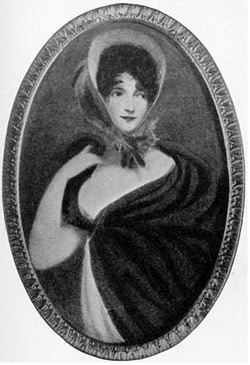
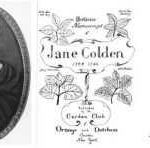
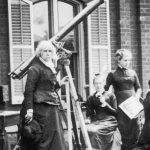
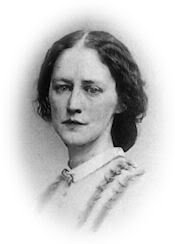

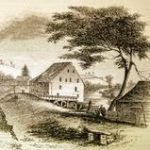
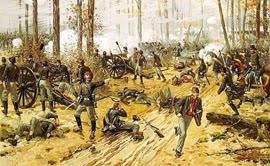
I always love reading your posts.I had never heard of Jane Colden and her history is very interesting.Too bad her drawings etc. are in England and not her home country.But of course if they hadn't gone there they probably would have been lost.
It is interesting how few women who were involved in botany and plant hunting back in the early days were never recognised enough to have a plant named after them.I read a fascinating story recently about a woman near Perth in Australia who sent over 300 species to Banks and was never recognised.
I'm not surprised Banks ended up with her work.I recently read Brother Gardeners and in there it implies that Banks was an avid collector of these sort of documentation, in fact he bought Linneaus's collection
I do enjoy your posts they make such good reading
Carolyn, Thank you for your comment. It is a shame her work is in the UK. Perhaps now that her name is becoming known someone will endeavor to bring it home.
Patientgardener, It sounds like Mr. Banks was quite the collector. I wonder what he did with the collection from the Australian woman.
Patty, I will join the others in saying how much I enjoy and always learn from your posts! This post is no exception. A great and tragic story. I love knowing Jane Coldens connection to the Gardenia. You would think someone would name a flower for her. It is so heartbreaking how many women died (and still do in parts of the world) in childbirth. It is shocking how many still die in our own country. What a pity too about her nature prints. That 'one' survivor must be considered a great treasure.
Hi Carol, yes it would appear she died after childbirth, but there is no concrete evidence to say so. It seems most likely if she died in 1760 but not quite as much if she died later in 1766, unless she had more than one child, but there is nothing to say that either.
I enjoyed this woman's history, but was sad to read of her tragic death. It was so good she was recognized by peers because at the time, I imagine this was tough for a woman. I was surprised to read that her farther encouraged her, because that seems unlikely in the 1700's, also at that time in history taking up a career comprised mainly of men.
Patty what a perfect mix of gardening, women and history…I hope you write that book because when you do i want a signed copy…fascinating history and so tragic that woman did not get the recognition deserved and so many died in childbirth…
I just discovered this blog and love it.I am now going back to read the older entries.I have a humorous gardening blog, but do have one historical and interesting garden entry about the Bachelor Duke and his gardens.Best wishes.
GWGT – Regarding her accolades, my guess is that because her father was a botanist and an active politician, it was the right thing to do by acknowledging his daughters work. Perhaps I am wrong.
Donna, Thank you for visiting the blog and leaving a kind comment.
Jim, thank you too for the kind comment.
Hi Patty, It is sad that Jane Colden died in childbirth. She might have had a long career otherwise. How luck for us that so many of her line drawings have survived.
Hello, a most interesting history, but such a tragedy that she died so young..but yet she left a legacy..thank you..